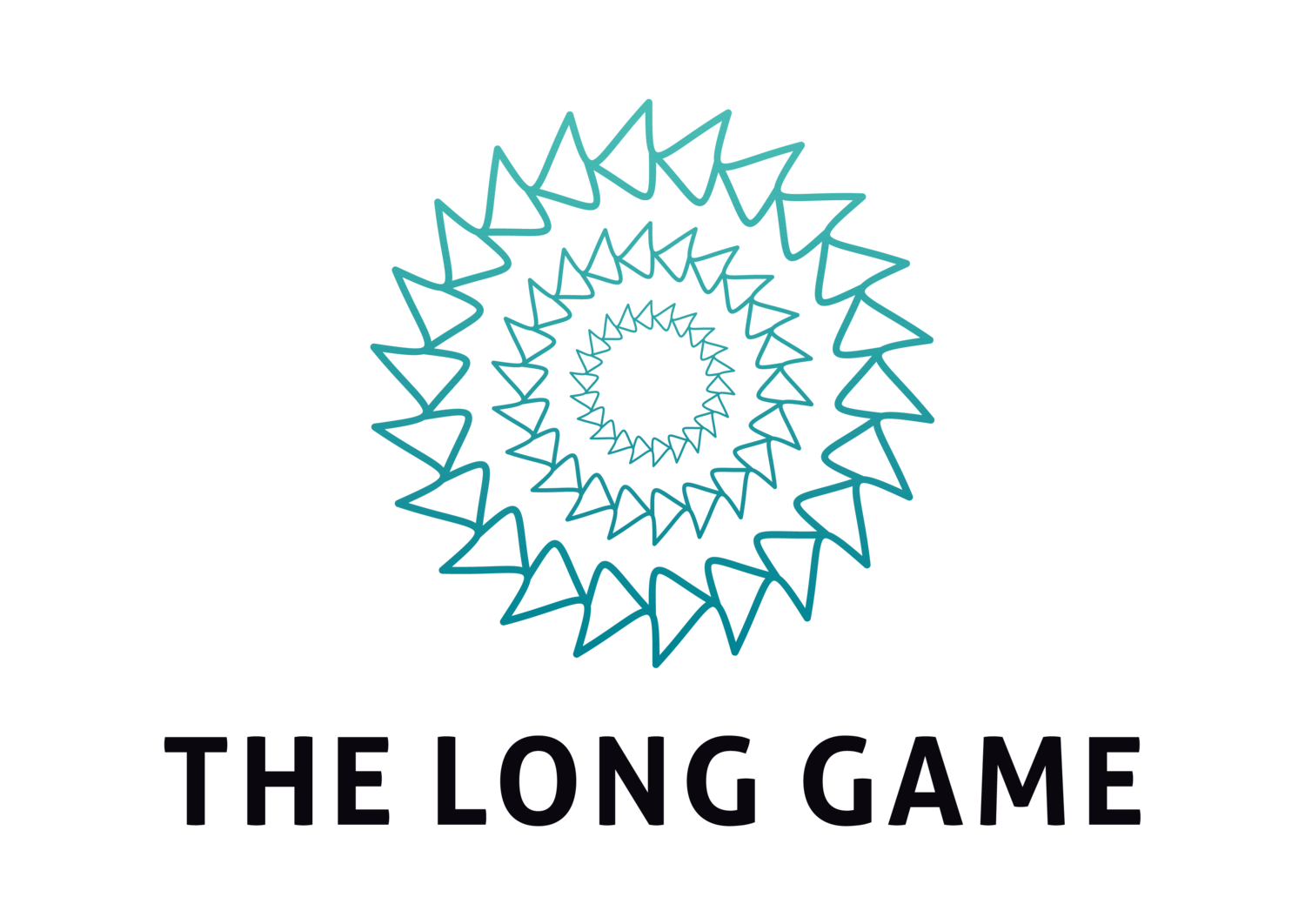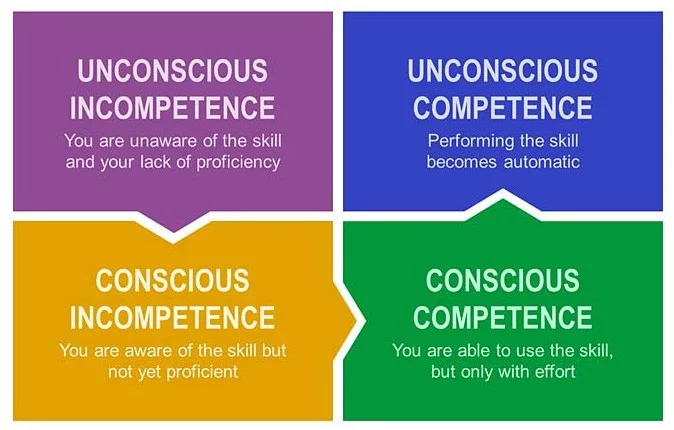Symmetry’s “Four Pillars of the Breath”
Breathing is the only system in our body that (1) is autonomic yet under our control; (2) is the first and last thing we do in our lives; and, (3) keeps us alive without conscious thought. Respiration is priority number 1, affecting every system in our body. If we’re breathing poorly, we aren't getting enough oxygen to our tissues, putting undue stress on our systems, and not supplying the energy we all need. In addition, God, nature, a higher power (whatever your belief), gave us breath as a tool to change our mental and physical state.
This is why breath is foundational to all of Symmetry’s practices. While there are many different breathing methods, Symmetry takes a principles-based learning approach. If our clients can learn the principles of breath and how their bodies respond, they can adapt different methods to fit any given circumstance. Symmetry’s Four Pillars of the Breath are: 1) Everyday Breathing, 2) Grounding Breathing, 3) Activation Breathing and, 4) Transformational Breathing.
1: Everyday Breathing
As the name infers, this pillar focuses on how you breathe a majority of the time. If you can get these principles down and learn how to breathe properly, your energy, focus, and stress levels will improve dramatically.
Step 1: Breathe through your nose.
Your nose is made for breathing. It warms and filters the air allowing the proper ratio of carbon dioxide to oxygen to enter and exit your airways. When you breathe through your nose, the increased resistance will allow more oxygen into your tissues based on the increased carbon dioxide levels in the blood. This is called the “Bohr Effect.” Nasal breathing releases nitric oxide, which has strong anti-viral and anti-bacterial properties. Nitric Oxide opens up your airways and blood vessels, allowing for more oxygen to get to your brain and working muscles. Nasal breathing helps keep the nervous system in the parasympathetic state, the rest and relaxation state, we should be in the majority of the time. It also works to activate the diaphragm. Leading us to Step 2: Breathe Lower.
When you breathe lower, you engage the diaphragm – the main breathing muscle. Similar to other muscles in our bodies, the diaphragm needs to be worked. Diaphragmatic breathing allows more oxygen to reach the lower lobes of the lungs, where there is a larger surface area and greater blood flow. The diaphragm is also important for core stability and posture. If you find yourself breathing into your upper chest, you put your body into a more chronically stressed state. This leads to the constant release of stress hormones, such as cortisol and adrenaline. A growing number of studies suggest chronic diseases (i.e., cardiovascular issues, diabetes, and metabolic syndrome) are related to poor breathing patterns and chronic stress. Upper chest breathing is also typically associated with a faster breathing rate, leading us to Step 3 - Breathe Slower.
Over breathing causes your breath to exceed the metabolic demands of your body or, to put it simply - breathing more than your body needs or requires. Just as you can eat too much, you can breathe too much. This results in blowing off too much carbon dioxide (CO2), lowering our CO2 tolerance. This leads to constricting your blood vessels and airways, resulting in the inefficient use of the oxygen you are breathing in. This causes all the systems in your body to work much harder than they need to. As a result, a host of issues may occur such as: anxiety, high blood pressure, brain fog, increased sensitivity to pain, headaches, and even heartburn. On the contrary, as your breathing slows, you will set off physiological changes that take you out of the chronically stressed state, improve your relaxation response and cognitive function.
2: Grounding Breathing
Grounding techniques slow your breathing down and, as a result, your heart rate slows, blood pressure drops, heart rate variability (HRV) increases, and puts your CO2 and O2 in a more balanced state. All of this puts your nervous system in a more parasympathetic state, which is the rest, relaxation, and digestion state we were designed to be in the majority of the time.
Grounding breathing techniques include the ocean breath, box breathing, and recovery breathing, to name a few. These techniques typically involve extending the exhale over the inhale, triggering a calming sensation in the brain and a sense of safety to our nervous system. As we calm our breath, everything else in our body begins to calm. We also like to add in submaximal breath holds as a way to focus the mind and bring a relaxation response to the body. These techniques are extremely helpful if you’re agitated, having trouble sleeping, or need to calm down after a stressful experience.
3: Activation Breathing
Activation techniques increase your breath rate to 20+ bpm, increasing your heart rate, sympathetic nervous system, blood pressure, and the fight or flight response while decreasing HRV, CO2, and O2 efficiency. These techniques get us ready for action and give you a boost of energy when you get the mid-day lull. They are also great to do before a hard workout.
Another benefit of activating techniques is they consciously induce the sympathetic nervous system and teach us how to better handle our stress at the moment. They are also a great way to work the diaphragm. The diaphragm is like any other muscle and needs to be worked, or it will atrophy. We can work the diaphragm with faster breathing techniques and longer breath holds. Working the diaphragm is a great way to build endurance without adding more impact to the body. The long breath holds also help us deal with the stressful triggers going off in our brain. They help us handle stressful situations we encounter in our everyday life. Activation techniques include fire breathing, power breathing, and super-ventilation.
4: Transformational Breathing
Transformational breathing involves a combination of a wide variety of techniques, fast-paced patterns, slow patterns, along with much longer breath holds. These are typically characterized by a longer duration and a feeling of euphoria when you finish. During a transformational session, you will experience a host of sensations from tingling, light-headedness, maybe stress, and anxiety. You can even have an emotional release as these practices combined will unlock stuck emotions in the nervous system.
When people think of breathwork, this is what they typically imagine. This can put you in a deep meditative state, but you should always check with your doctor first if you have any major health issues. If you’d like to experience a transformational breath practice, check out this recording of our Journey of the Breath class.
To Sum it Up
Learning to take control of your breathing can dramatically impact your health and performance and provide you with a deeper understanding of what drives you. Symmetry’s Four Pillars of Breath are a great place to start. As you learn the principle of breath, you will learn how you respond and what techniques you can use in a given situation. The breath is an important tool we all have inside of us. Unfortunately, most Western cultures were not taught this tool or have any idea it exists until an outside event brings it into view. Most believe that breathing happens naturally and why would we ever need to learn to breathe? However, for thousands of years, cultures have used their breath to change their psychological and physiological state. Science has confirmed that this is possible and is a skill that can provide major benefits to humans. This is a skill that we all have inside us; we just need a little guidance to bring it out.
Training your body to breathe properly provides you with the tools to change your state on demand. You will become more efficient using oxygen, resulting in more energy and mental focus. Like any practice or skill, the more reps you do, the better you will get and the quicker you will be able to change your state and maximize your human potential. This powerful tool and the breath techniques discussed can be utilized for a lifetime.
Call To Action
At Symmetry, we help busy people take back control of their lives, so they have more time, more energy, and less stress! If you’re ready to take back control of your life, set-up a FREE 15-minute call today! We are currently offering virtual breath classes to help you begin to experience the benefits of breath. You can access our schedule here. Our programs will improve your mindset, your performance, and give you tools to better handle the stresses of everyday life. Check out our website, www.symmetry.live to find out more information.







